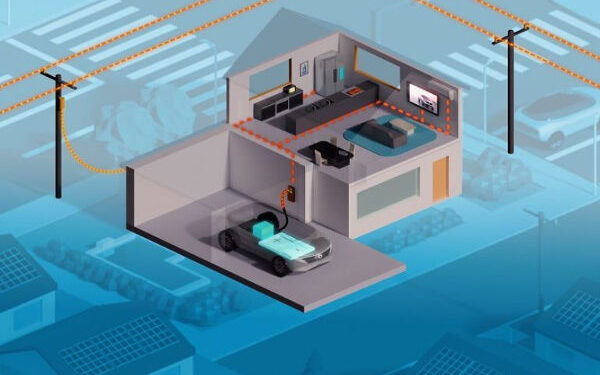Nissan declared that a small number of electric vehicles (EVs) will be able to take advantage of reasonably priced bi-directional charging technology starting in 2026. This program is a part of Nissan’s strategic business plan, The Arc, which intends to push technology that will ease the transition to electric vehicles and create new revenue streams. Additionally, it aligns with Nissan’s Ambition 2030 long-term objective, which seeks to improve global inclusivity, safety, and cleanliness.
Owners of electric vehicles (EVs) can utilize the electricity stored in their car batteries to power their homes or sell it back to the grid with the use of vehicle-to-grid (V2G) technology, also known as bi-directional charging. This technology is regarded as a critical step toward reducing dependency on fossil fuels because it allows EVs to store renewable energy, such as solar or wind power, and return it to the grid when needed.
Vice President of Nissan’s Global Electrification Ecosystem & EV Programs Hugues Desmarchelier emphasized the technology’s inventive potential when he stated, “This technology we will bring to customers is a potential game-changer for how we think about EVs.” Not just as a means of transportation from point A to point B, but also as a transportable energy storage device that can assist individuals in reducing their reliance on fossil fuels and saving money, so advancing our progress toward a carbon-free future.
Furthermore, Nissan’s V2G system will offer consumers complete control over their energy consumption through the use of a dedicated app. This introduction is a part of Nissan’s broader strategy to create an entirely integrated energy ecosystem, wherein EVs not only offer zero-emission transportation but also aid in the distribution and storage of clean energy.







